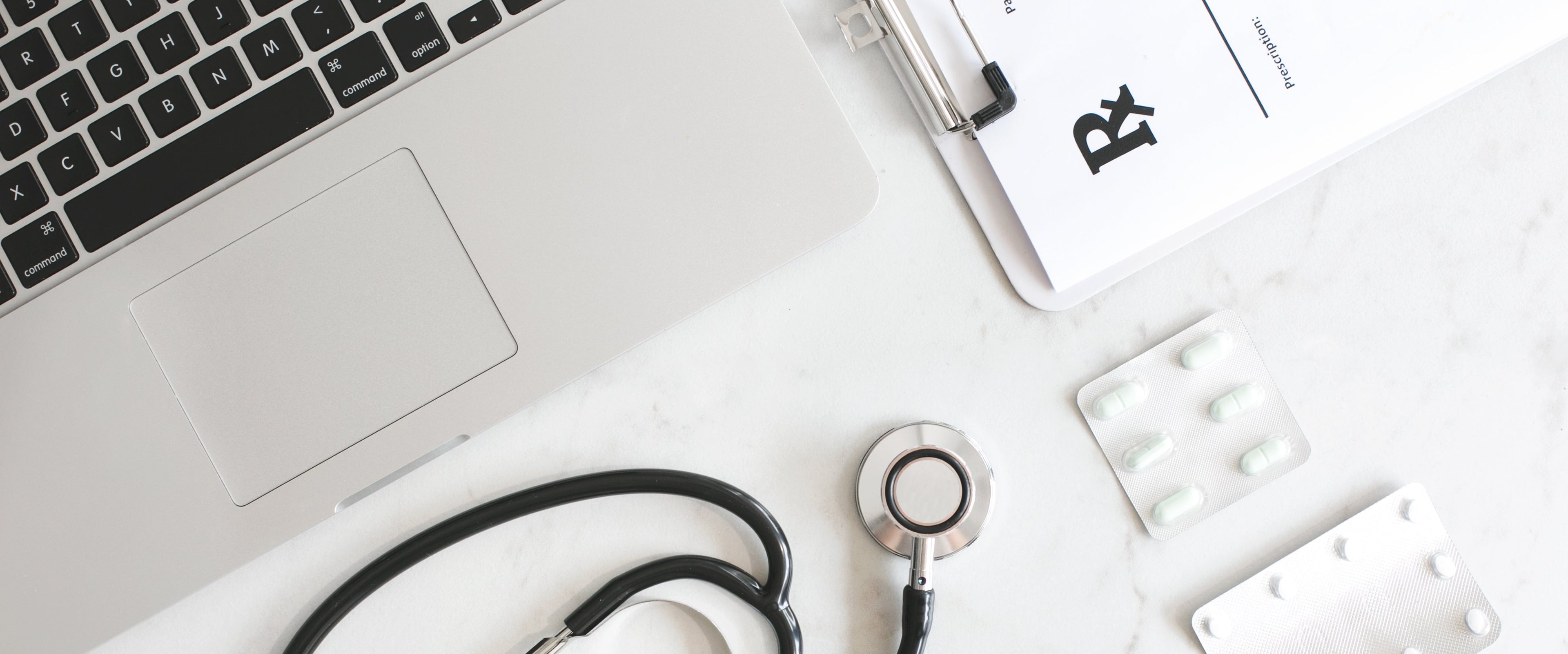The menstrual cycle can be complicated, so I’ve simplified it for you in this video. Hope it helps!
What Is the Menstrual Cycle?
The menstrual cycle is a monthly hormonal process that prepares the body for pregnancy. It typically lasts 28 days, though it can vary from person to person (21–35 days is still considered normal).
The 4 Phases of the Menstrual Cycle
1. Menstrual Phase (Days 1–5)
-
What’s happening: The uterine lining (endometrium) sheds—this is menstruation (your period).
-
Key hormone levels: Estrogen and progesterone are low.
-
Nursing tip: Patients may report cramping, fatigue, or mood changes. This is a good time to discuss period tracking and self-care.
2. Follicular Phase (Days 1–13)
-
What’s happening: The pituitary gland releases FSH (follicle-stimulating hormone), stimulating the ovaries to produce follicles. One becomes dominant.
-
Hormones: Estrogen starts to rise as the follicle matures.
-
Nursing tip: Important for fertility education—this phase prepares the body for ovulation.
3. Ovulation (Day 14)
-
What’s happening: A sharp rise in LH (luteinizing hormone) triggers the release of the mature egg from the ovary.
-
Hormones: LH surges, and estrogen peaks.
-
Nursing tip: Ovulation is the most fertile window. Useful to teach patients trying to conceive—or avoid pregnancy.
4. Luteal Phase (Days 15–28)
-
What’s happening: The empty follicle becomes the corpus luteum, which produces progesterone to prepare the uterus for pregnancy.
-
Hormones: Progesterone rises, estrogen stays steady.
-
If no fertilization: Hormones drop → uterus sheds lining → new cycle begins.
-
Nursing tip: PMS symptoms (mood swings, bloating) are common here. Great time to educate about symptom tracking and lifestyle adjustments.
Why It Matters in Nursing
-
Understanding the menstrual cycle helps with patient education, hormonal health, fertility counseling, and identifying abnormalities like PCOS or amenorrhea.
Study Tip:
Use visuals or timelines (like the one in the video) to remember hormone changes and cycle timing. You can also use mnemonic devices or create flashcards for each phase and hormone.


